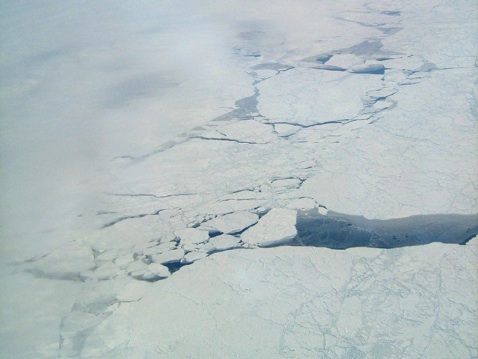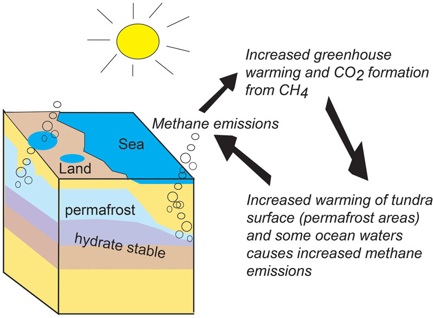Tipping Points
Tipping Points and Global Warming
The idea of tipping points is that when things are changing slowly, as we know from geology they always are, it is possible that some critical threshold could be crossed where a gradual change could accelerate or even run away. In a complex environmental system like Earth’s atmosphere or hydrosphere there are many possible tipping points. These are challenging to evaluate, especially when we have too little direct experience. This lack of experience with tipping points is one motivation for scientists to study glacial geology--to find evidence of previous examples.
In the global warming situation, two tipping points have generated the most interest: 1. the possible thermohaline reversal for ocean current patterns that could occur as tropical ocean water becomes more salty. and 2. The release of methane from its frozen state in Arctic and ocean regions.

Where could warnings of tipping points come?
1. Surges, rapid melting
Ice Melting Surge NYTimes--news
-
2.Ocean salinity and ocean temperature patterns
Ocean Stratification--lecture notes
-
3.Perturbation of the Gulf Stream
Shutdown of thermohaline circulation

Tracking Methane From the Arctic Ocean
A new airborne study with NASA contributions measured surprising levels of the potent greenhouse gas methane coming from cracks in Arctic sea ice and areas of partial sea ice cover. This image was taken over the Arctic Ocean at a latitude of approximately 71 degrees North on April 15, 2010.
Image credit: NASA/JPL






